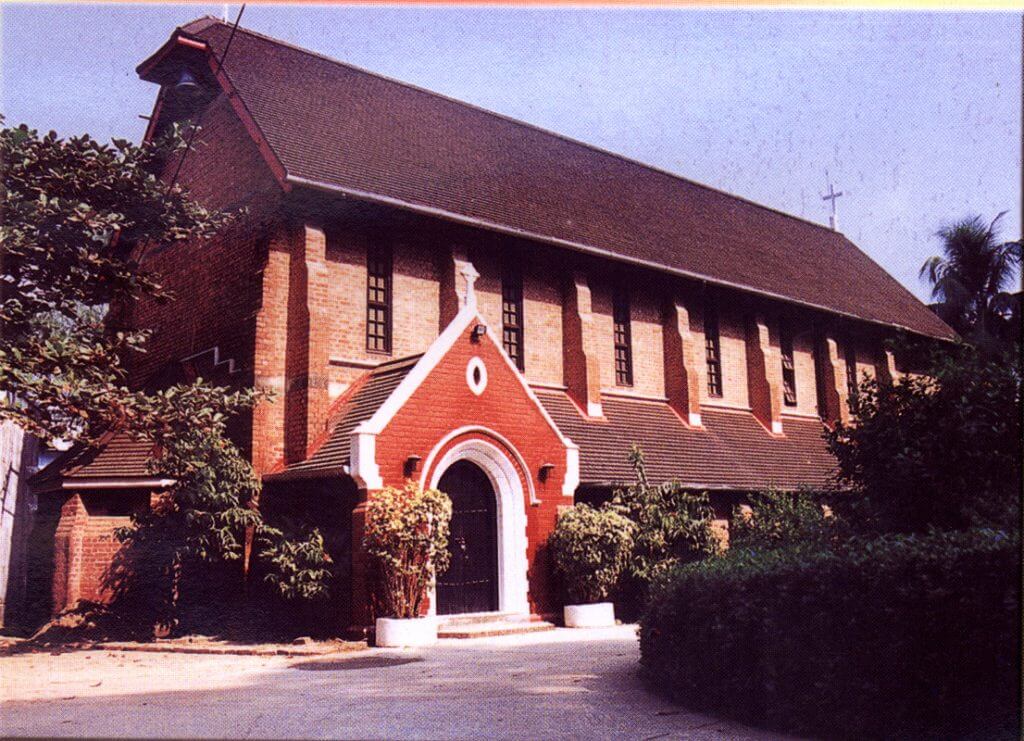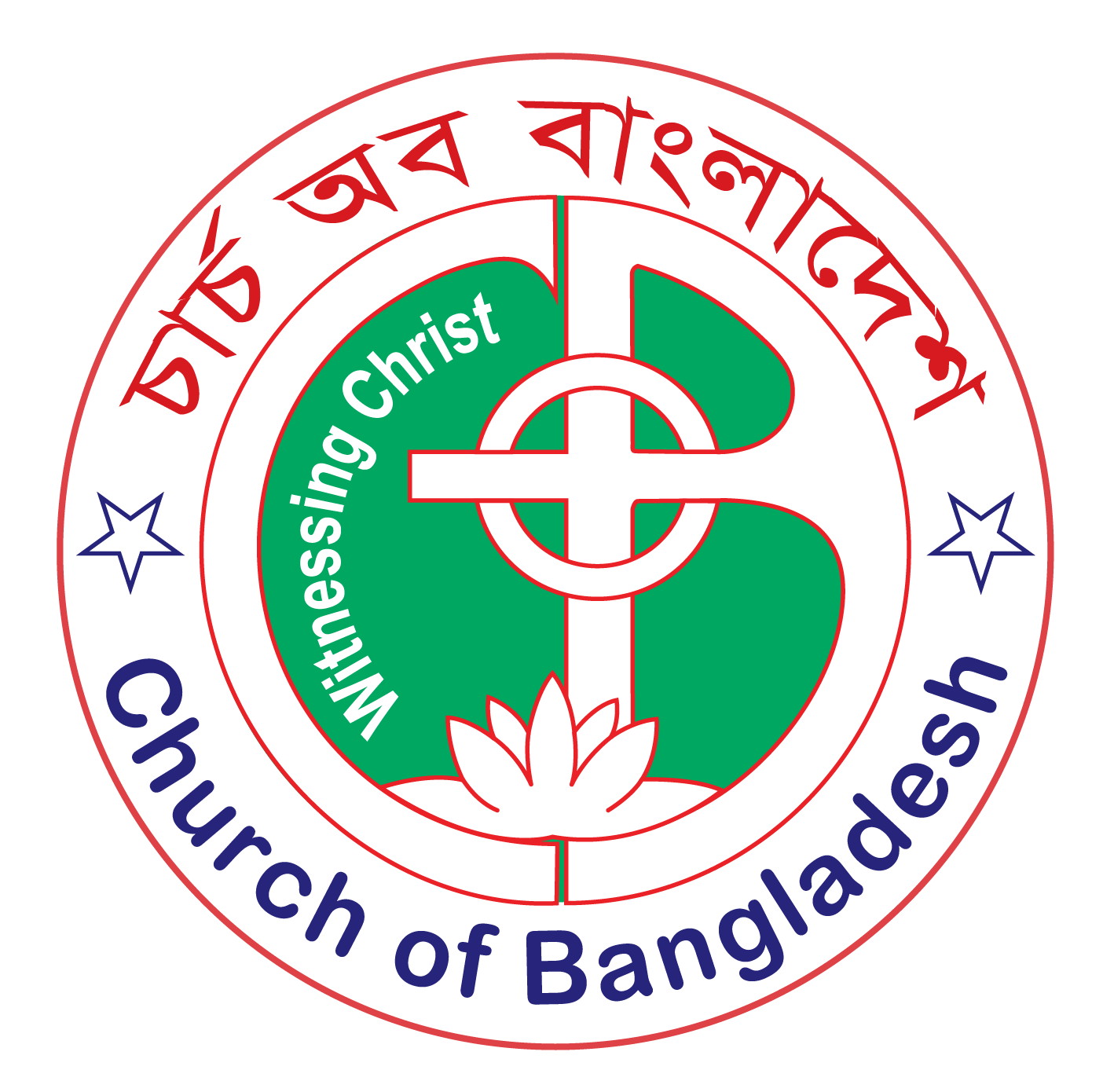
The foundation stone of the first English Church was laid by Bishop Daniel of Calcutta at Laldighi on 16th December, 1838 and the first service held at Christmas, 1839. Previously services were held on ships in the Karnafuli river in Sadarghat by permission of the then Commissioner. The church was sited on a plot which was acquired by Mr. J. W, Harver, the then Commissioner of Chittagong. The first resident chaplain, the Revd. H.H Moule arrived in Chittagong in 1844.
In the early 1900s, a decision was taken to construct a new church in an area closer to the residence of the expatriate community and also because Laldighi became surrounded by bazaars with attendance at church involving either walking or driving through an area that had become congested and insalubrious. Implementation of this decision was delayed due to the start of the 1st World War but on 10th May 1925, the last service was held in the old church at Laldighi which was thereafter demolished and its stained glass windows, marble floor, pews and the altar once belonged to the Cathedral in Calcutta were transferred to the new church.
The new church was built in 1926 on a little hilltop at 69 Jubilee Road at a cost of Rs. 28000 on a site of some 7 acres of cantonment land. It was designed by the engineers of the Assam Bengal Railway who supervised its construction. The architect was Henry Crouck, consultant architect to the Government of Bengal. At the time of the transfer to the new church, the chaplain was the Revd. A. W. Douglas who supervised the sale of the old church land. He was the chaplain from 1920 to 1927. The new church was consecrated on Palm Sunday, on 10th April, 1926 by the Rt. Revd. Bishop G. C. Habbuck of the Assam Diocese (Chittagong had become a part of that diocese in 1915 and continued until 1947). Among the features of the new church were its roof of teakwood shingles and unlike its predecessor, it lacked a steeple. It was said to have been modeled on the church in Simla.
After the partition of India, services were conducted at infrequent intervals by priests from the Oxford Mission in Barisal, notably by Father C. E. Prior. With the arrival in 1951 of the Revd. Anthony A. Howland, the first post-partition chaplain of the Christ Church, a Women’s Auxiliary was formed by the expatriate women living in Chittagong who helped to raise funds for the maintenance of the church and to build a church hall which, amongst its other functions, was used as a kindergarten school for the expatriate children staffed by CCWA members.
In 1954, the church became a part of the Diocese of East Pakistan (renamed in 1956 as the Diocese of Dhaka) under its first Bishop, the Rt. Revd. J. D. Blair of the Oxford Mission, Barisal who was followed in 1975 by the first Bengali Bishop the Rt. Revd. B.D. Mondal. Today Chittagong Christ Church is a part of the Church of Bangladesh.
The city pastorate has presently six churches with a total of 500 members.
